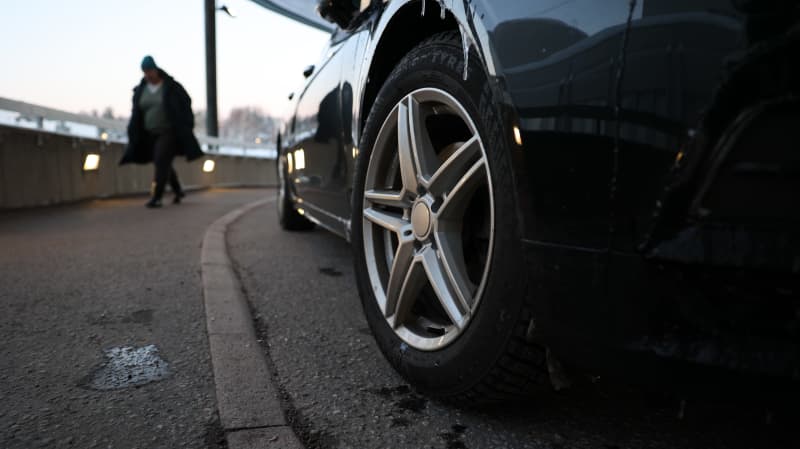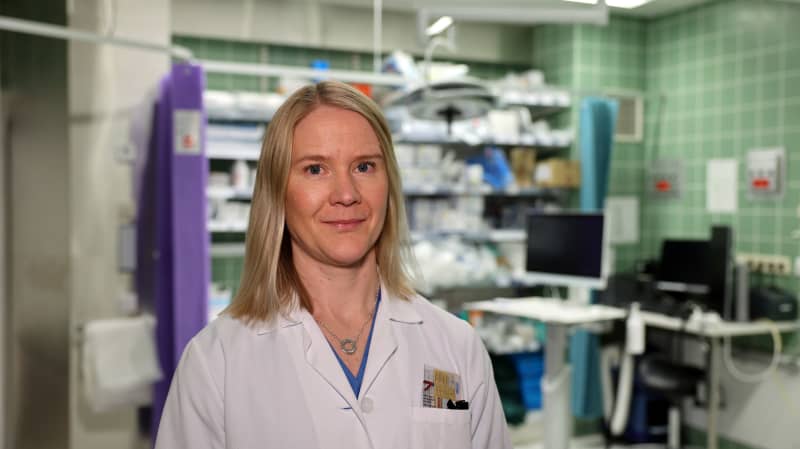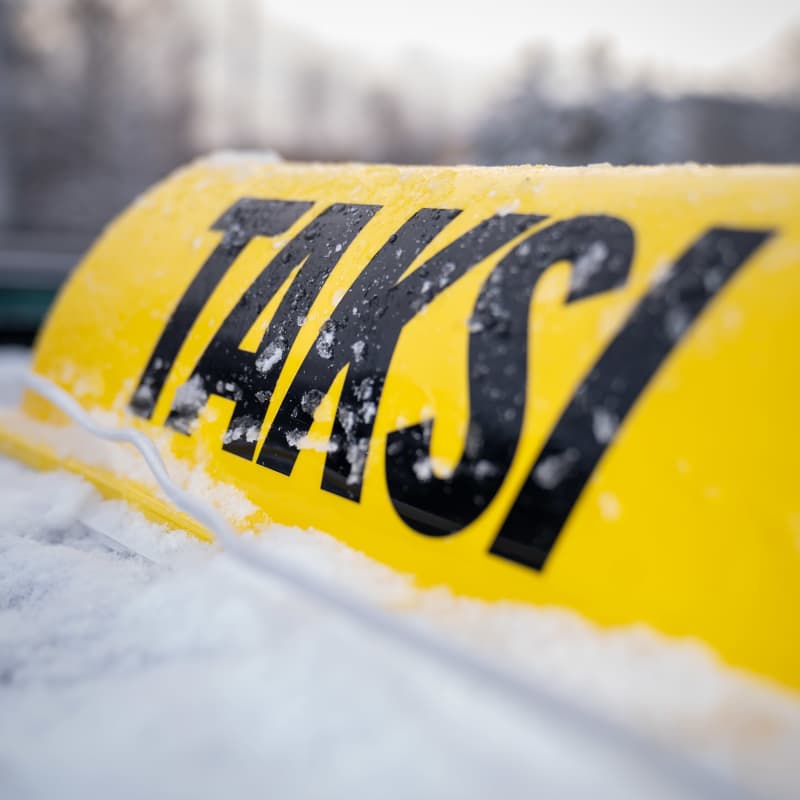
This year, Kela has already sanctioned badly maintained Kela rides worth 200,000 euros. Taxi companies admit that chauffeuring tourists is more profitable than reel rides.
According to Loimu, patients may have to wait for a taxi to leave the hospital for several hours, sometimes the ride has not come at all.
– This is not only a problem for the emergency room, but also for the departments, Loimu says.
Rides are simply not available.
– This is a daily challenge for us. It may be that the patient is ready for treatment with us, and a place for further treatment has been found, but he has to wait several hours just for the taxi to arrive, says Loimu.
There are currently 22 beds in the emergency department of Lapland’s central hospital.
– Understandably, if a patient waits eight hours for a taxi and takes up one bed, it’s quite significant when it happens every day.

Taxi companies acknowledge the problem
In Lapland’s hospital district, coil-reimbursed journeys are operated by two different taxi companies, Taksi Helsinki and Suomen Lähilogistiikka Oy.
If Kela’s contract taxis are unable to arrange the transport, they should arrange a replacement ride for the customer. If that doesn’t work either, the customer can arrange a ride for himself and bill Kela’s contractors.
Taxi companies admit that tourist taxis may often drive past reel taxis.
– There is no way to meet such a demand. In this ride, the reel rides also go partly with the washing water, Ruikka states.
According to Ruika, reel transports are highly competitive nationwide, while during the high season tourists pay the full price without hesitation, where the price is determined differently.
– Everyone can price their services however they want. Of course, the central hospital’s claim about the profitability of the ride for motorists is correct.
Tourists pay a better price
– It certainly has an effect, unfortunately, if there are a lot of tourists. Let’s prioritize the transportation of their tourists, says Aaltonen.
According to Aaltonen, it is still not possible to say unequivocally that the system does not work at all.
– But if all cars are booked with both service providers, it can be challenging to find replacement transport, especially special equipment.
According to Aaltonen, the company sends a certain number of taxis from Uusimaa to Lapland every winter season.
– Efforts have been made to react to this problem. However, that reaction cannot be done very quickly.
Entrepreneurs are looking for more profitable rides
According to Ruika, Lähilogistikka campaigned last fall to get more cars for coil transports in Lapland as well.
– The market economy refines the number of cars regionally and at other times it is easier to get a car than during the tourist season.
According to Ruika, nighttimes are especially challenging, because taxis are not required to be on call by law.
If the entrepreneur has no employees, the taxi is usually in the stable at night.
– And if there’s no taxi, you can’t get a replacement ride anywhere.
According to Ruika, with the change in the Taxi Act, the average hours of one taxi in the high season decreased enormously.
– There used to be employees in the taxi industry, which made the cars more accessible to customers. People who are now employed in the industry often start directly as an entrepreneur and as a solo driver, of course, the most profitable times and rides are sought.

Kela has already sent fines worth 200,000 euros
Kelassa Lapland’s problems have also been noticed.
The agreement between Kela and the taxi operators has strict sanctions if the service is not implemented as specified in the agreement.
During this year, taxi operators have already been sanctioned nationwide for 200,000 euros. The largest single sanction has been a fine of 15,000 euros due to problems with comprehensive service production.
– Of course, it doesn’t improve the situation, but the situation is such that these rides have to be taken care of. Brokerage companies have voluntarily participated in our open tender, it is really bad behavior of them if they slip from these rides. Every month we send these fines, you can say that, says Jääskeläinen.
Most of the national sanctions have been aimed at exceeding call waiting times. Sanctions for several months have been sent to the same service provider. The sent sanctions are mainly aimed at the beginning of the year, when the new service providers started operations.
Kalle Ruikka of Lähilogistikka Oy admits that the company has incurred expenses when no cars have been received for transportation.
– This is how it goes according to the contract.
*You can discuss the topic* *with Yle ID* *24.12. until 11 p.m.*
